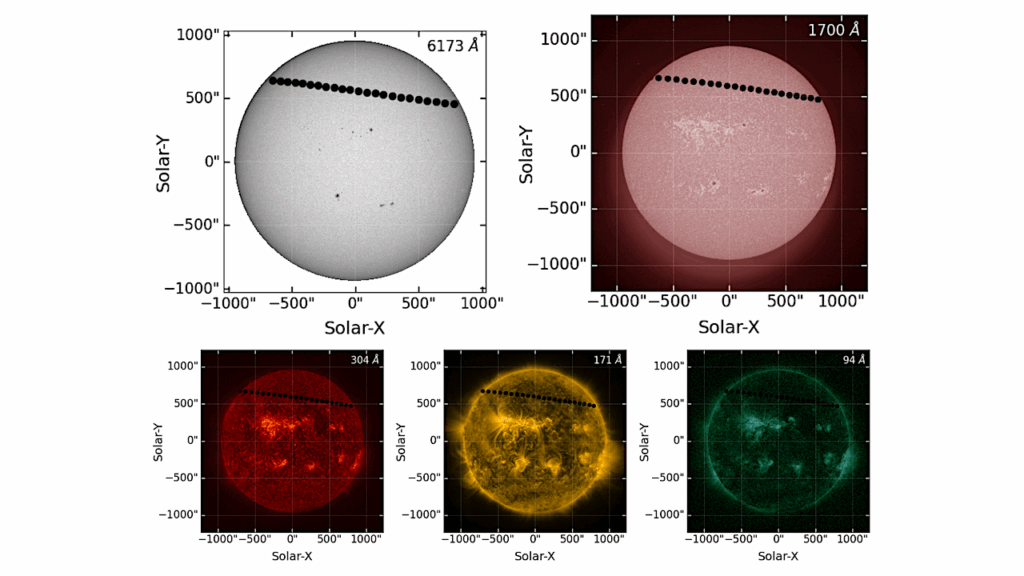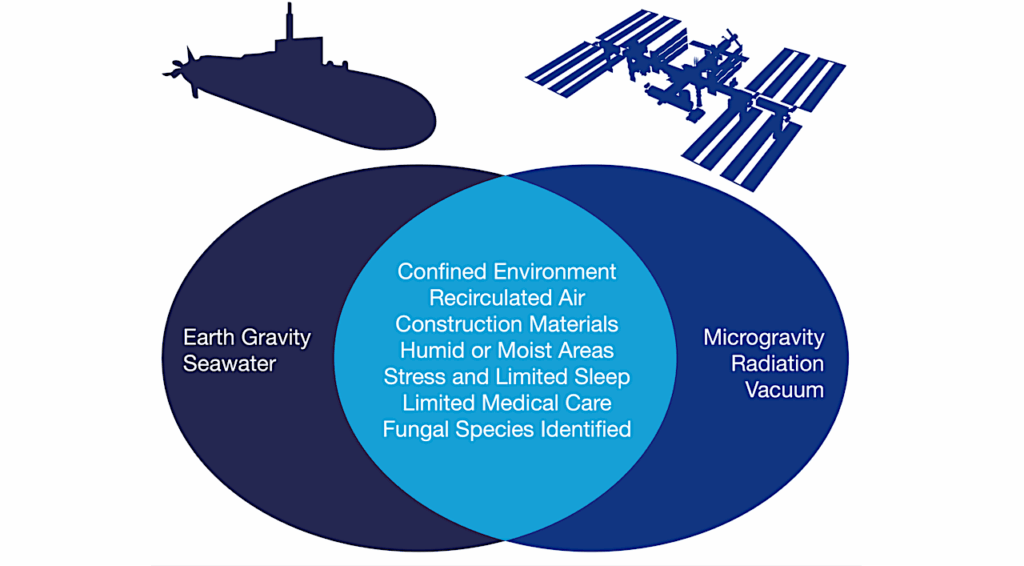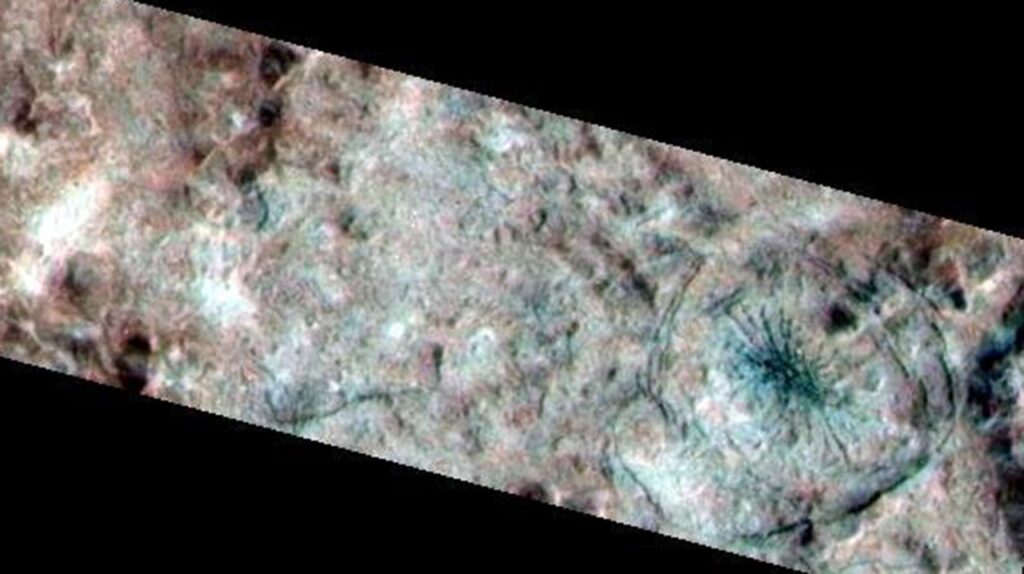Metagenomics Untangles Potential Adaptations of Antarctic Endolithic Bacteria at the Fringe of Habitability
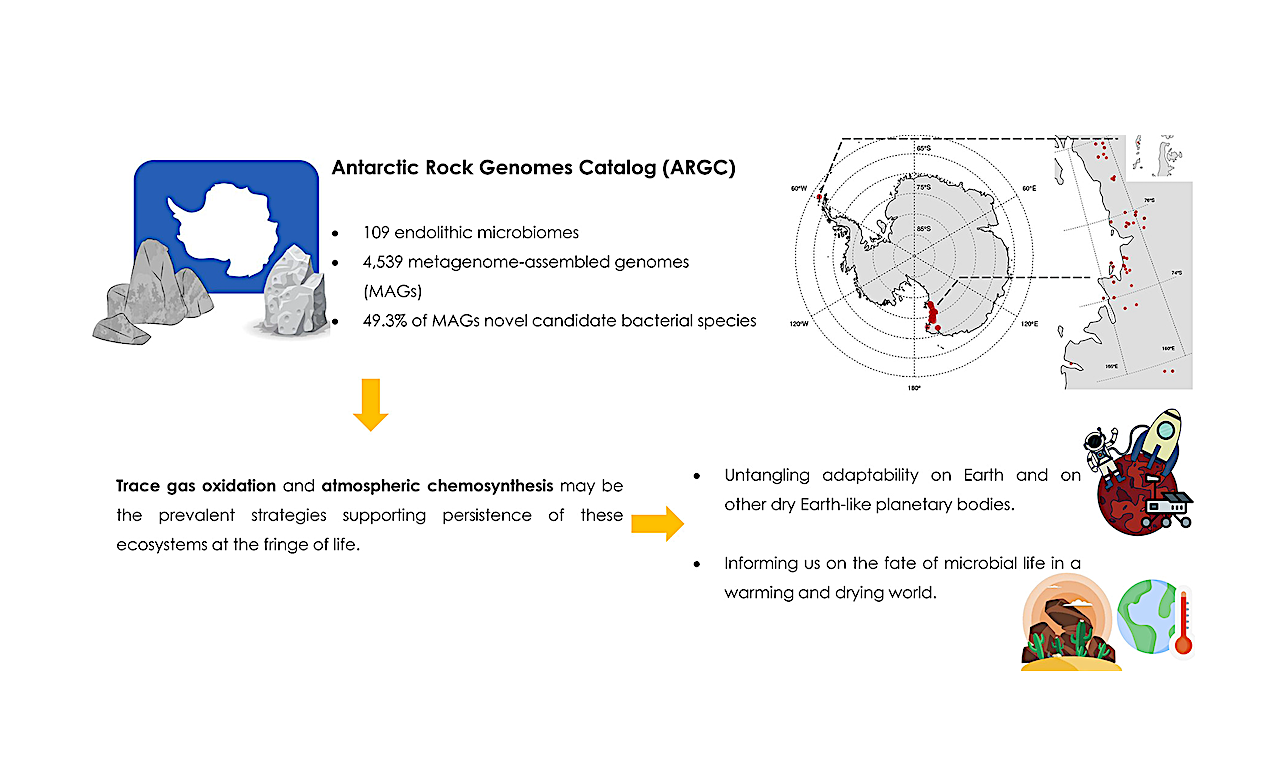
From 109 endolithic microbiomes, 4,539 metagenome-assembled genomes were generated, 49.3 % of which were novel candidate bacterial species.
We present evidence that trace gas oxidation and atmospheric chemosynthesis may be the prevalent strategies supporting metabolic activity and persistence of these ecosystems at the fringe of life and the limits of habitability.
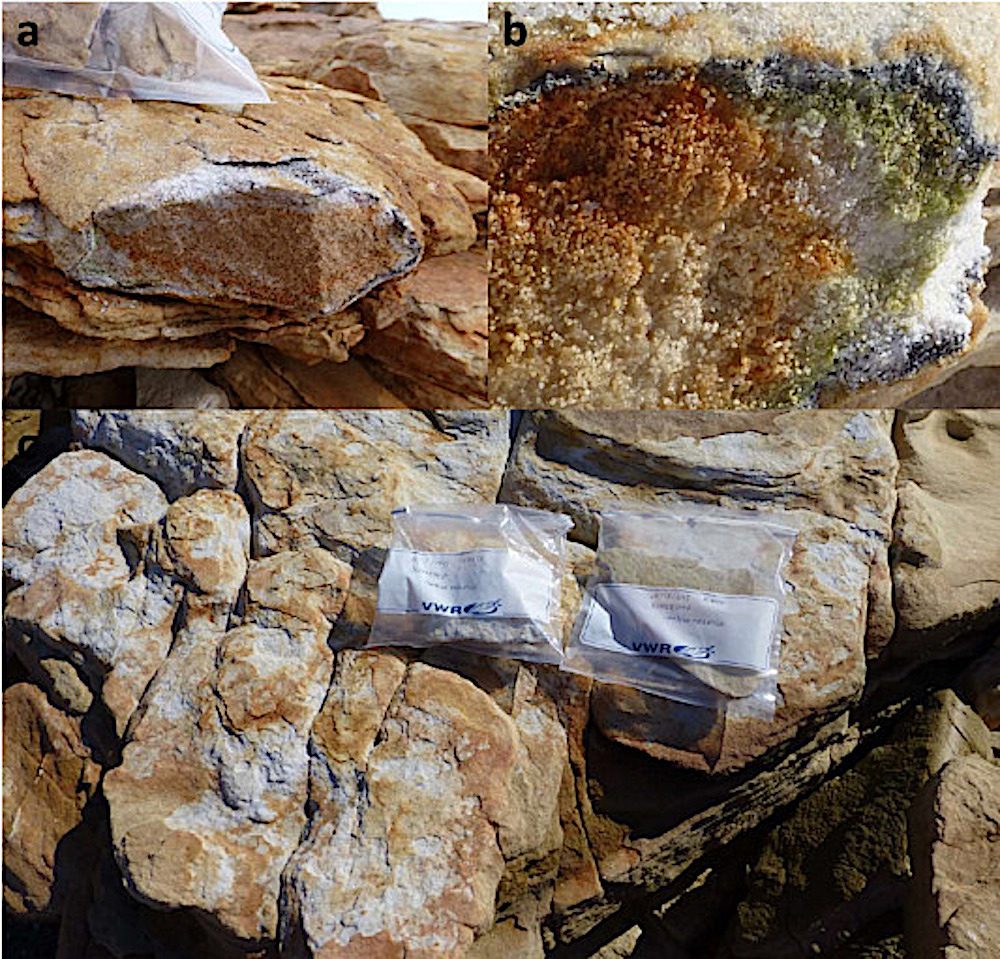
Examples of samples collected in the Victoria Land, Continental Antarctica. a) Finger Mt., b) Linnaeus Terrace, c) Battleship Promontory.
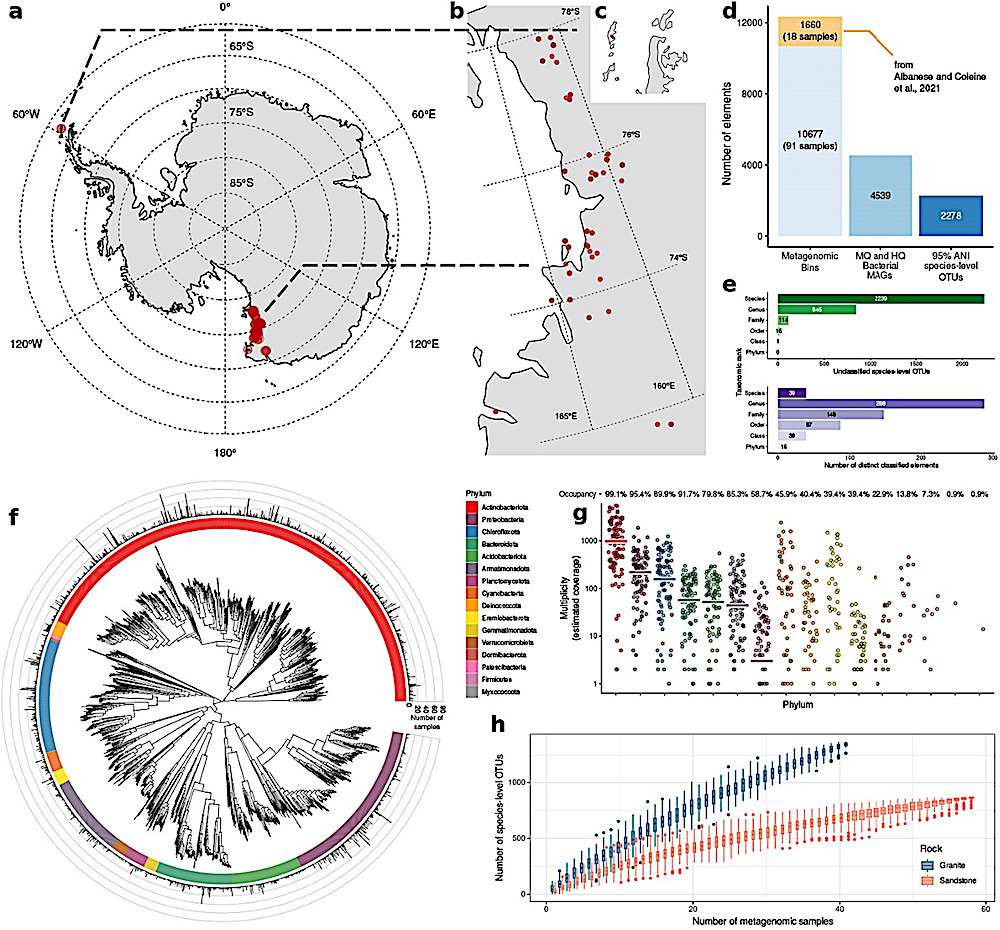
Study area and MAGs characteristics. a–c, Map of Antarctica (a) and sampling sites (Victoria Land, b; Peninsula, c) (red dots). d, Number of MAGs and their quality-based classification. e, Upper bar plot: number of unclassified OTUs. Bottom bar plot: number of species, genera, families, orders, classes and phyla. f, Phylogenetic tree of the 2278 OTUs built from the multiple sequence alignment of 120 GTDB marker genes. Barplot in the outer circle indicates the number of samples in which each OTUs was found. g, Phylum-level Mash Screen multiplicity for each sample, indicating sequence coverage. Horizontal lines represent the median values. The occupancy value indicates the percentage of samples that contains the underlying phylum. h, Number of OTUs as a function of the number of rock samples.
Metagenomics untangles potential adaptations of Antarctic endolithic bacteria at the fringe of habitability, Science of The Total Environment (open access)
Claudia Coleine, Davide Albanese, Angelique E Ray, Manuel Delgado-Baquerizo, Jason E Stajich, Timothy J Williams, Stefano Larsen, Susannah Tringe, Christa Pennacchio, Belinda C Ferrari, Claudio Donati, Laura Selbmann
PMID: 38244622 DOI: 10.1016/j.scitotenv.2024.170290
Astrobiology




